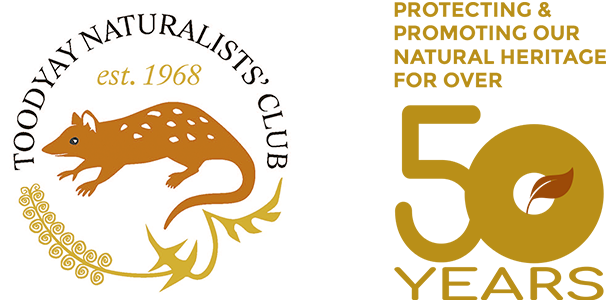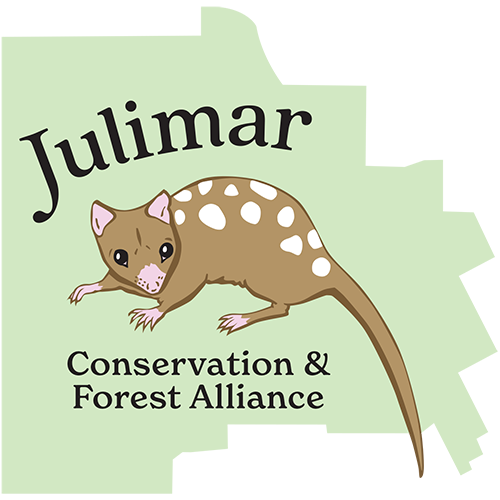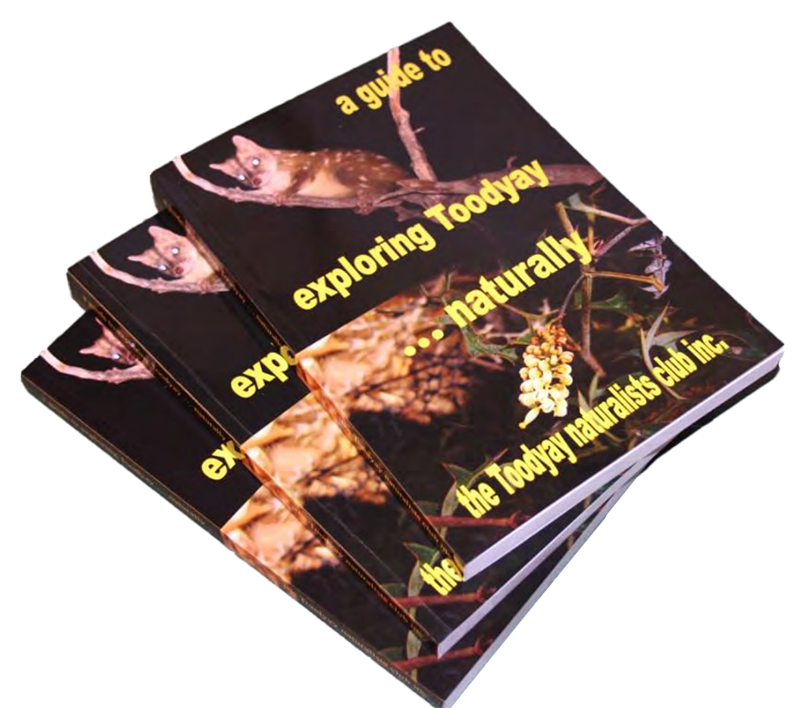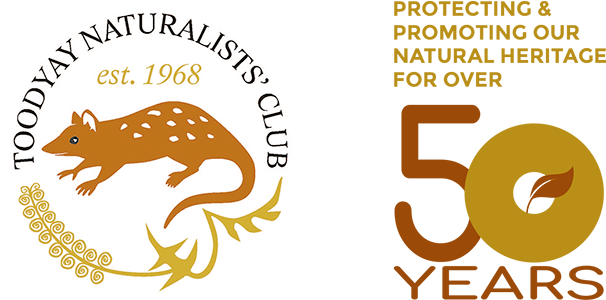The Barking Owl and the Southern Boobook are of the ‘hawk-owl’ species. Although very similar in colouring and looks the Barking Owl is much larger with measurements of 35 to 45cms in compared with the Southern Boobook of 25 to 35cms.
Even though it is more common in the Pilbara area, the Barking Owl has been heard very, very occasionally within our Shire. From Simon Neville’s publication of ‘Birds of the Greater SouthWest’ he reports it being found in the Busselton, Augusta and Esperance regions and in the Katanning, Cranbrook and York areas. It does not favour arid, treeless or heavily treed area. Its habitat is mainly open country, open forest area, woodland and dense scrub and in areas along water courses.
This species is greyish brown above and whitish below with large white spots on the wings. It has piercing yellow eyes and feathered legs to the yellow-coloured feet and as the name suggests the call is ‘dog-like’ with a quick, loud and resonant ‘wok, wok, wok’.However, it also has a second call that is occasionally heard at the beginning of its breeding season. It is a blood-curdling, chilling, wavering, sobbing ‘scream’ resembling a woman in deep distress and is heard for long periods without pauses.
Although the bird is not common in the south of our state, I have been fortunate to have heard it once since moving to Toodyay in 1989. An elderly lady living within the township also reported hearing the bone-chilling call.
The Barking Owl breeds between July and November. A nest is made in a tree hollow with the two or three dull, white eggs laid on decayed wood.
Incubation is 34 to 38 days with the young fledging in approximately seven weeks.
It is one of the least nocturnal of the species as it is known to sit in the leafy canopy of trees during the day and to begin to hunt before sunset. Prey of the Barking Owl consists of rabbits, rats, mice, small bats, birds to the size of a magpie, and marsupials.
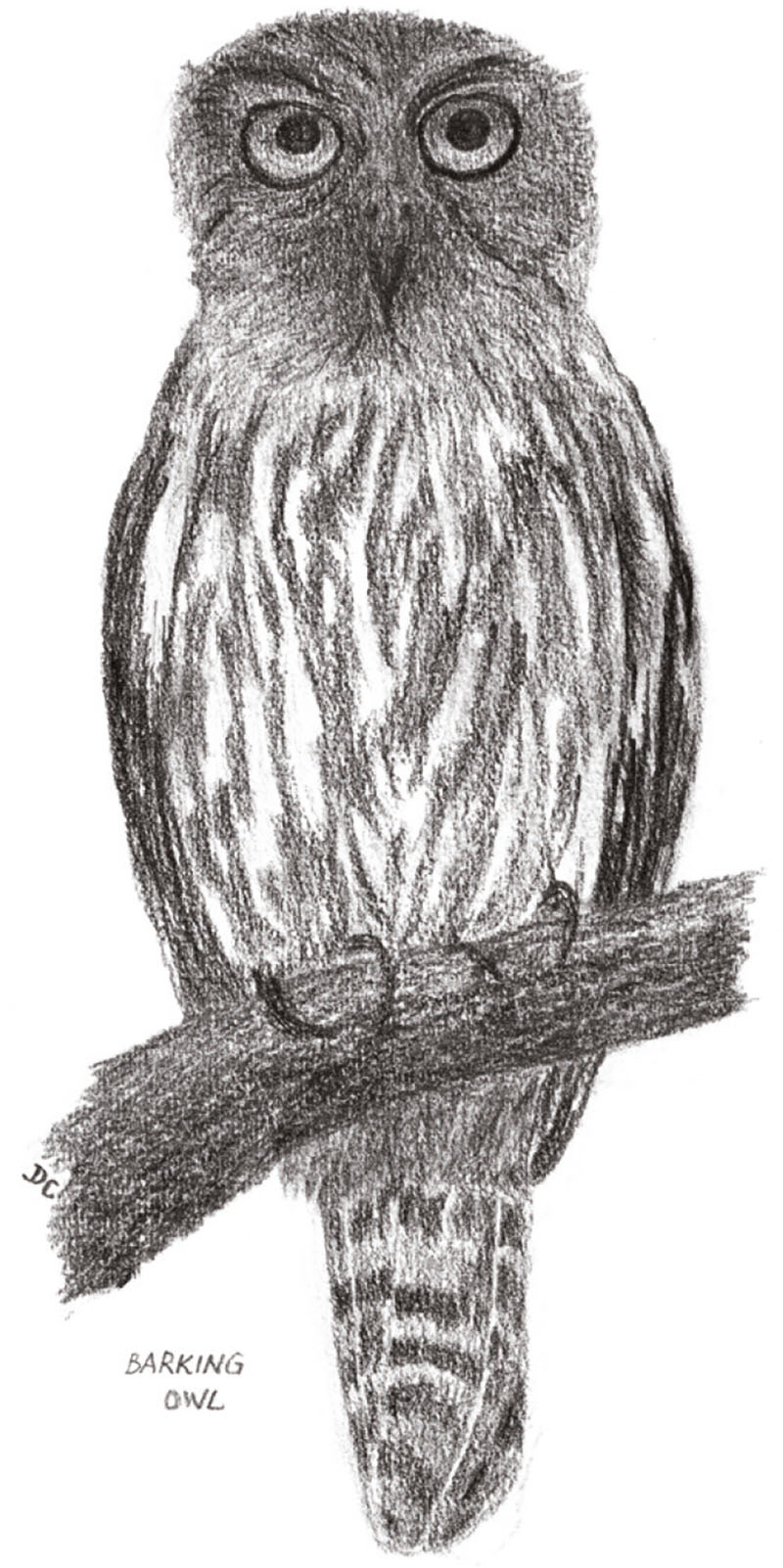
Barking Owl Drawing by Desraé Clarke.
The Toodyay Naturalists’ Club welcomes sightings and observations of flora, fauna and all areas of natural history. To add your sightings, email secretary@toodyaynats.org.au or submit a sighting via our online form.
